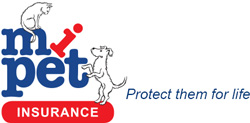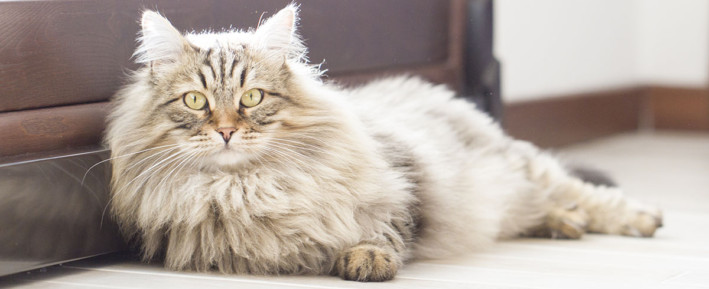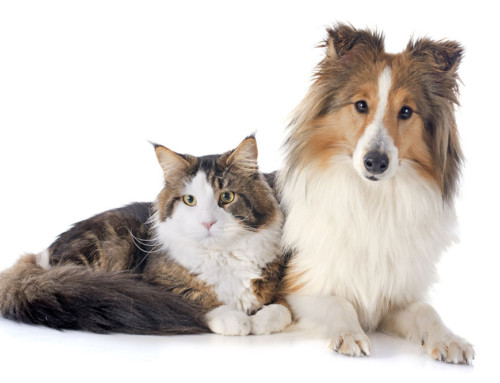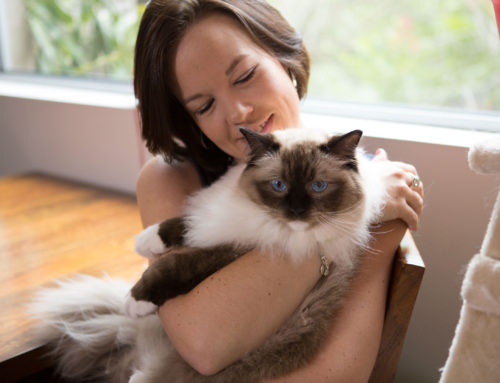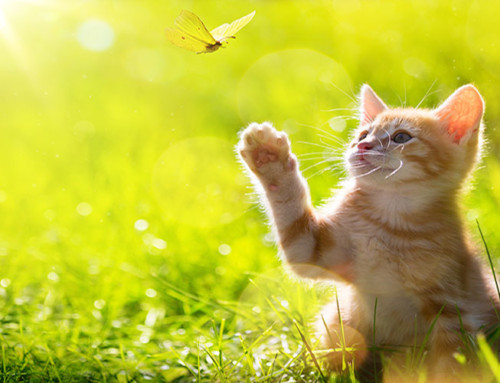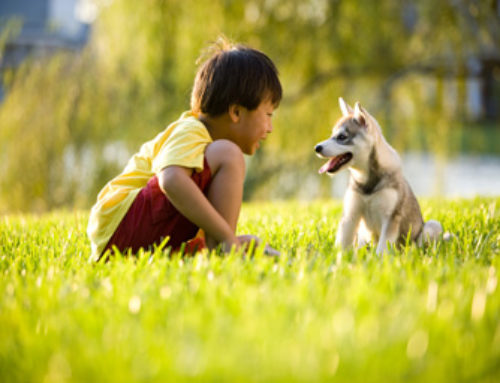There are plenty of normal, everyday things lying around your house that could be seriously dangerous to your pet – some that you might not be aware of. And although puppies and kittens are more likely to ingest something bad, it’s important to think about hazards at all stages of your pet’s life.
When considering what may harm your furry friend, follow the general rule that you shouldn’t leave something lying around them that you wouldn’t leave around toddler.
Here are five common things known to harm to pets in the household:
- Leftovers
When feeding pets leftovers, it’s essential to know which foods are a no no. But keep in mind, cats and dogs are natural born hunters and rummagers, so our furry friends will often find a way into the garbage, steal a bite from your plate or find that morsel left from recess in a child’s schoolbag. While dogs and cats can stomach most human foods, there are a few that do cause harm if eaten regularly or in a big quantity in one go. Here are a few to avoid:
- Coffee, tea or anything with caffeine, as they can cause problems in the organs.
- Alcohol, which can cause seizures and respiratory failure.
- Cooking flavours and spices such as garlic, nutmeg, mustard, salt, chives, onions, onion powder or chilli because they cause a range of problems in digestive system and organs.
- Anything really fatty, like fast foods or fat trimmings as these are causes of pancreatitis.
- Raw eggs, as they are a risk of E. coli and Salmonella.
- Macadamias or walnuts, which can cause choking, stomach upsets and even poisoning.
- Some fruits, such as citrus, grapes, raisons or apples with seeds, which can cause inflammation.
- Chocolate, which contains methylxanthines, a chemical that is extremely toxic to dogs and cats.
- Tough bones, which can splinter, causing cuts and lacerations inside the digestive tract. They are also choking hazards.
Be extra careful not to feed these to your pet and that they are never left around. Remember: your pet can easily rip into a box of chocolate – even if it’s in sealed packaging, so be sure to keep anything that might harm them far, far out of reach.
- Packaging
Besides the foods listed above, most food scraps in your garbage are not likely to pose a problem to your pet. Instead, the culprit is often the packaging. Metal cans are a big problem when pets try to lick the remaining bits of food for two reasons: Firstly, cans are often sharp around the rims, which can cut your pet’s tongue, gums and nose. And secondly, if the can is deep enough, your pet can get his or her face stuck inside. To avoid this, be sure to squeeze the can closed at the opening after use.
- String
String, rope, wool and thread might make a fun toy for a kitten, but be sure none of these are ingested. People often dispose of dental floss in small, lidless bathroom bins, which are easy for pets to pick up, chew and swallow. Sadly, stringlike substances can get tangled up inside your pet’s digestive system, leading to some pretty dangerous health complications. Always safely dispose of these products in a bin with a secure lid, out of your pets reach.
If your cat or dog does swallow string, and you can see a thread sticking out of their mouth, do not pull it out, as you could injure the throat or bowels. Instead, see a vet immediately.
- Human Medication
Medicines used by humans treat colds, headaches, rashes and even some vitamins are highly toxic for animals. Never give your pet human medicine – see a vet instead.
- Pest control poisons
Many pest control poisons are designed to attract the animal they are trying to kill. Unfortunately this means that your pet might also fall victim to the trap.
If consumed in high enough quantities, these common household poisons can be highly toxic and even fatal to your pet:
- Ant killer – contains boric acid, which is highly toxic to pets.
- Snail bait – contains a cocktail of dangerous chemicals.
- Rat poison, but also poisoned rats – pets can also be poisoned from eating a contaminated rodent.
Store these products in sealed containers outside of your pet’s reach. While you use these substances ensure there is a barrier in place, keeping your pet away from the poison location and also the contaminated animals. You can never be too safe!
What if my pet has ingested something harmful?
Some signs that your dog or cat may have swallowed something dangerous include a sudden choking fit, vomiting, diarrhoea, problems breathing, dizziness or unconsciousness.
Often, unless you are covered by pet insurance, necessary operations, blood transfusions and long-term hospitalisation can be extremely expensive.
